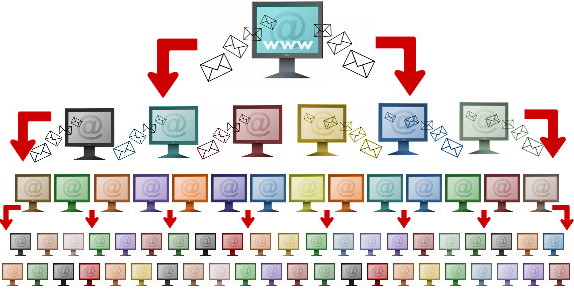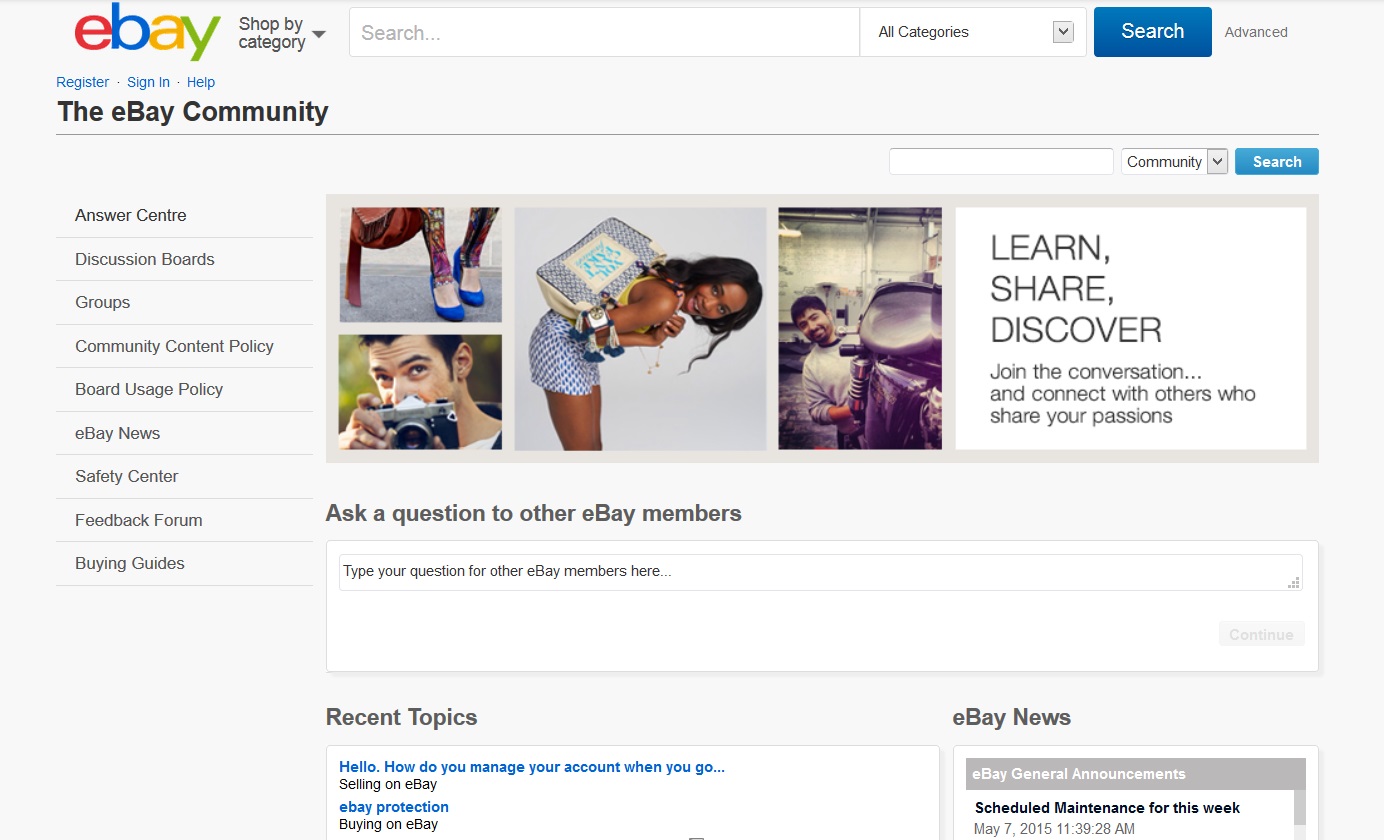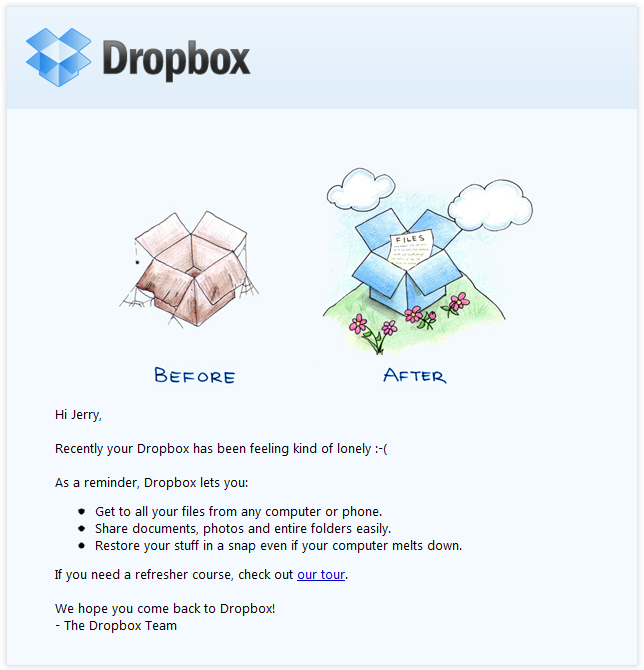Electronic word of mouth or “eWom” is an extremely powerful way of spreading brand recognition to a vast audience. It has a far greater potential of engaging with relevant consumers than traditional, ‘spoken’ word of mouth. Online platforms allow for content and information to be passed from person to person at far greater speed, connected to endless amount of detail and all this, at the click of a button and swipe of a page.

How does this help attract users to company websites?
Interactively engaging with consumers through social media, mobile phone applications and entertaining advertising campaigns, draws consumers to the source of these eWom strategies.
In most cases this is a reference to the sources’ website embedded in a post/eWom and directly connects the reader to the URL through the click of a button.
Where traditional word of mouth may lack in accuracy based on opinion and/or forgetfulness, eWom carries a trail of factual history a consumer can research, there and then. Threads and discussion topics are often linked making information readily available.
Communication Scope
Figure 1. A typology of electronic word of mouth (eWOM) channels Litvin et al., 2008) demonstrates the communication scope and level of interactivity when it comes to electronic word of mouth. Where Email interaction tends to be on a one to one basis, Blogs and virtual communities see a vaster exchange throughout the community, and reoccurring at that.
One to One eWOM
Have you ever received an email or a Facebook IM from a friend telling you about an amazing new product that’s come into their lives? Have you then gone on to google this product and ended up ‘feeling lucky’ and directly ended up on the manufacturer’s website? That’s eWom and the internet demonstrating how it helps push visitors to your company website.
Viral eWOM
There’s something about initiating a buzz that captures a new product, brand or company. The most engaging and impacting statements and posts have a potential of going viral. We all know what happens when something goes viral. In this case, a hyperlink is clicked and a website is visited.
Zarrella, D. (2014) ‘The Social Media Scientist’ stated the following:
“Viral marketing is a strategy by which a marketer creates a campaign focused around the goal of causing viewers of that promotion to spontaneously spread it by sending it to friends.”
It’s truly amazing that a viral marketing campaign can be so successful, that it changes the hosting platform (youtube for example) forever.
Geller, L. (2013) – Forbes Contributor simply outlines the power of eWOM by using the term ‘immediately’.
“Social media and texting have resulted in a cascade of electronic Word of Mouth that can reach vast audiences immediately.”
Initiating eWOM
According to Willcocks (2013) a social media campaign utilising ‘Twitter’ and ‘retweeting’ is a proven way of attaining website traffic. A company’s social media strategy should emphasis engaging and communicating with ‘friends’, rather than focusing on sales pitches. This demonstrates the social aspect of electronic word of mouth and how it is initiated.
Conclusion
Electronic word of mouth when successful and ‘viral’ enough, is clearly able to reach a phenomenal amount of people. The initiating party should make sure to ‘tag’ relevant links (URLS) and be sure to embed whatever message they wish the eWOM convey.
References
Willcocks, R. (2013). E-commerce marketing: where your website traffic will come from & how. Available: http://www.screenpages.com/about/articles/ecommerce-traffic. Last accessed 13th May 2015.
Jalilvand, M, Esfahani, S, Samiei, N . (2011). Electronic word-of-mouth: challenges and opportunities. Procedia Computer Science 3. 3 (1), 42-46.
Zarrella, D. (2014). What is Viral Marketing?. Available: http://danzarrella.com/what-is-viral-marketing.html. Last accessed 13th May 2015.
Geller, L. (2013). Why Word Of Mouth Works. Available: http://www.forbes.com/sites/loisgeller/2013/05/13/why-word-of-mouth-works/. Last accessed 14th May 2015.















